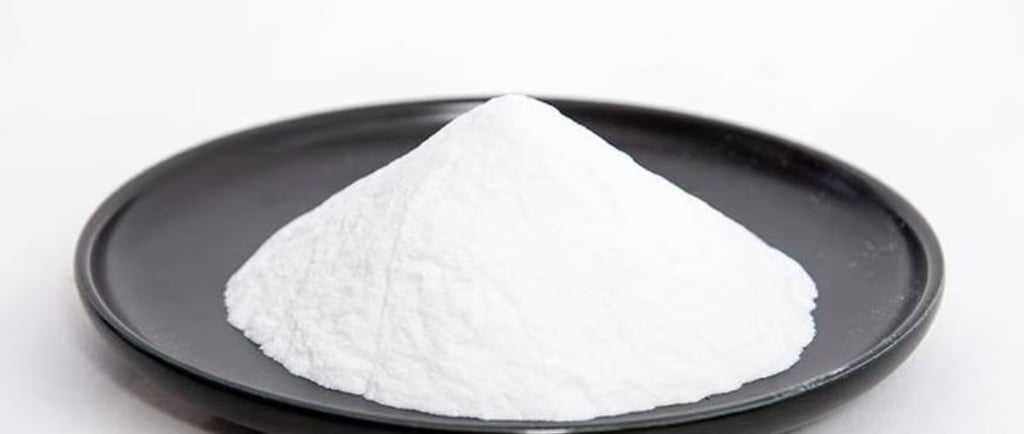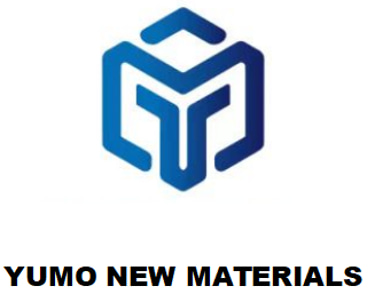HENAN YUMO: Engineered Precision, Uncompromised Performance
Understanding Grit Numbers: The Science Behind the Size
Blog post description.
6/26/20252 min read


Understanding Grit Numbers: The Science Behind the Size
White fused alumina (WFA) grit sizes follow international standards:
Coarse Grits (#200 - #400):
Particles averaging 50–200 microns (similar to table salt). Ideal for rapid material removal.Medium Grits (#500 - #1200):
15–50 micron particles (like fine sand). Balances cutting speed and surface smoothness.Fine Powders (#1500 - #8000):
Particles as small as 1.5–5 microns (flour-like). Used for mirror finishes.
🔍 Key Insight: Grit numbers increase as particle size decreases. For example, #200 grit ≈ 75 microns, while **#8000 grit ≈ 2 microns*.
Matching Grit to Your Application
1. Heavy Stock Removal & Rough Grinding (Grit #200 - #400)
Best For:
Removing weld seams, casting scales, or deep scratches
Surface preparation before coating (e.g., thermal spray)
Rough shaping of ceramics or refractory bricks
Why WFA Excels:
High-purity (≥99.5% Al₂O₃) grains retain sharp edges longer than brown alumina, reducing wheel loading by 25%.
2. Intermediate Finishing (Grit #500 - #1200)
Best For:
Tool and die polishing
Medical implant contouring (e.g., titanium knee joints)
Automotive valve grinding
Performance Tip:
Use #800 grit (FEPA F220) for stainless steel – its blocky grains prevent embedding and yield consistent Ra 0.8–1.2 μm finishes.
3. Precision Polishing & Lapping (Grit #1500 - #8000)
Best For:
Optical lens finishing (e.g., #4000 grit ≈ Ra 0.1 μm)
Silicon wafer backgrinding (#2000 grit minimizes subsurface damage)
Mirror polishing of sapphire watch crystals
Critical Advantage:
Low-iron WFA (<0.03% Fe₂O₃) avoids contaminating sensitive materials like semiconductors or aerospace alloys.
3 Grit Selection Mistakes That Cost You Money
Using Coarse Grits for Final Polishing
→ Result: Deep scratches requiring rework.
→ Fix: Always finish 1–2 grit sizes finer than your target Ra.Ignoring Particle Shape
→ Result: Angular grits (#200-#500) cut faster but leave deeper marks.
→ Fix: Use semi-rounded grains (#800-#2000) for uniform scratch patterns.Overlooking Coolant Compatibility
→ Result: Grit clumping in water-based coolants.
→ Fix: Choose hydrophilic-treated WFA for wet operations (common in #1500-#5000).
Pro Tips for Maximum Efficiency
Sandblasting: Start with #200–#300 grit for steel, shift to #400–#600 for aluminum to avoid pitting.
Vitrified Wheels: Blend #320 + #800 grits – coarse grains cut fast, fine grains refine the finish.
Lapping Compounds: For Ra < 0.05 μm, combine #6000 WFA powder with diamond suspension (3:1 ratio).
Your Next Step: Get the Grit Size Calculator
Still uncertain? Download our free "White Alumina Grit Selector Tool" – input your material, finish requirement, and equipment to get instant grit recommendations:
Includes:
Grit ⇔ Micron conversion charts (JIS/FEPA/ANSI)
Material-specific starting grit guidelines
Cost-per-part optimization formulas
FAQ: Quick Answers
Q: Can I skip grit steps (e.g., jump from #400 to #1000)?
A: No – each step removes scratches from the previous grit. Skipping causes uneven finishes and longer processing times.
Q: Why choose white over brown alumina for fine grits?
A: WFA’s higher purity and friability provide better cutting consistency in #1000+ ranges (+30% life in precision work).
Q: Does grit size affect abrasive consumption?
A: Yes. Using #800 instead of #500 on stainless steel reduces consumption by 18% while achieving Ra 0.4 μm.
